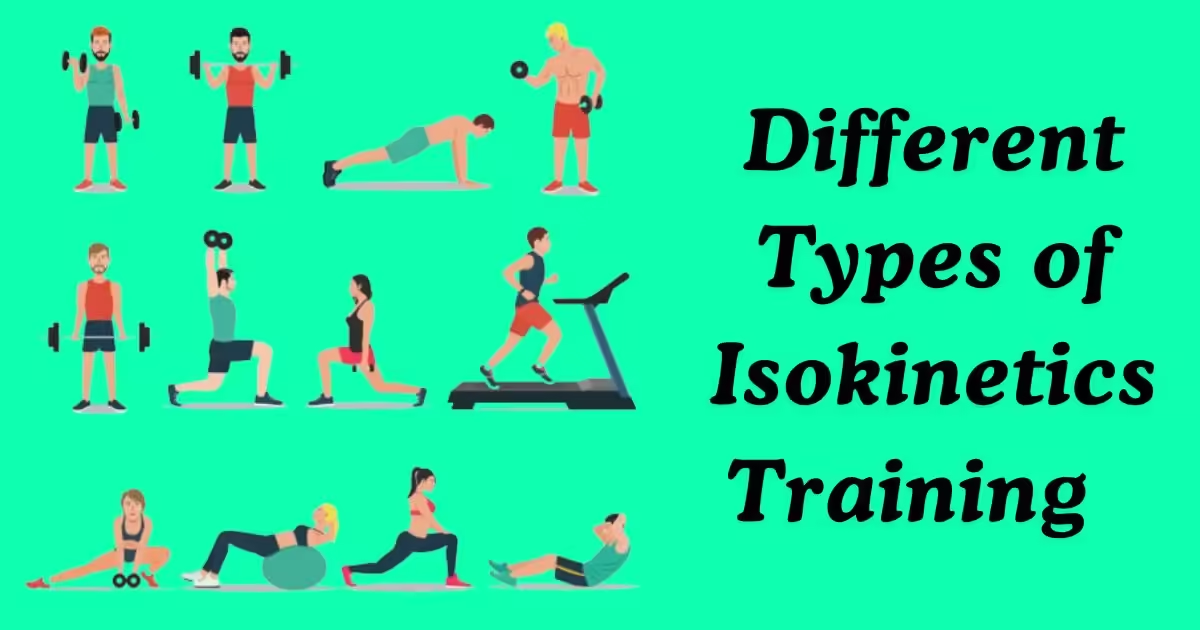
Isokinetic is a method in sports training that focuses on muscle movement at a constant speed. It’s becoming more popular in team sports like football, basketball, and rugby. Coaches and trainers are seeing its benefits for improving strength, endurance, and injury prevention among athletes.
When we talk about integrating isokinetics into a team setting, we’re looking at how this training method can fit into the overall strategy of a sports team. It’s not just about individual workouts; it’s about how the team as a whole can benefit.
Understanding Isokinetic
Isokinetic exercises involve using machines that control the speed of movement. This control helps in maintaining a consistent pace throughout the exercise, which is crucial for muscle development and injury prevention.
For example, in football, players need strong leg muscles for running and kicking. Isokinetic exercises can target these muscles effectively, helping players become faster and more powerful on the field.
Benefits for Team Sports

One of the main advantages of integrating isokinetics into team training is injury prevention. Strong muscles are less likely to get injured during intense games or practices. For a coach, having players who are fit and less prone to injuries means a stronger team overall.
Isokinetics also improves muscle balance. In sports like basketball, where players often use one side of their body more than the other, balanced muscles can lead to better performance and fewer injuries.
Team Integration
So, how does a coach integrate isokinetics into team training? It starts with understanding the specific needs of the sport and the players. A good coach will design workouts that complement existing training routines.
For instance, if a basketball team focuses on speed and agility, isokinetic exercises can be incorporated to build leg strength without adding bulk. This helps players move faster on the court without sacrificing endurance.
Coaching Approach
Effective coaching is essential when introducing new training methods like isokinetics. Coaches need to explain the benefits clearly to their team. They should also monitor progress and adjust workouts as needed to ensure everyone is improving.
In team sports, motivation plays a big role. When players see the results of their hard work, they’re more likely to stay committed to the training program. Isokinetics can provide measurable improvements in strength and speed, which can be very motivating for athletes.
Challenges and Considerations
Integrating isokinetics into a team setting isn’t without its challenges. It requires investment in equipment and training for both coaches and players. Some teams may also find it challenging to schedule isokinetic workouts alongside regular practices and games.
However, with proper planning and commitment, these challenges can be overcome. Many professional sports teams have successfully integrated isokinetics into their training programs, leading to healthier, stronger athletes.
Case Studies

Several sports teams have benefited from integrating Isokinetics. For example, a soccer team noticed a decrease in hamstring injuries after implementing isokinetic exercises in their training regimen. This allowed players to stay on the field longer and perform at their best.
In another case, a rugby team incorporated isokinetic workouts to improve upper body strength among their forwards. This led to better scrummaging and tackling, which are critical aspects of the game.
Conclusion
Integrating Isokinetics into a team setting can have numerous benefits for athletes and coaches alike. From injury prevention to improved strength and performance, this training method offers a lot to sports teams willing to invest the time and resources.
Coaches play a crucial role in making sure isokinetics is effectively integrated into existing training programs. By understanding the needs of their team and designing targeted workouts, coaches can help athletes reach their full potential.
As sports continue to evolve, so too will training methods like isokinetics. Teams that embrace innovation and prioritize player health and performance will likely see the greatest success on the field, court, or pitch.
